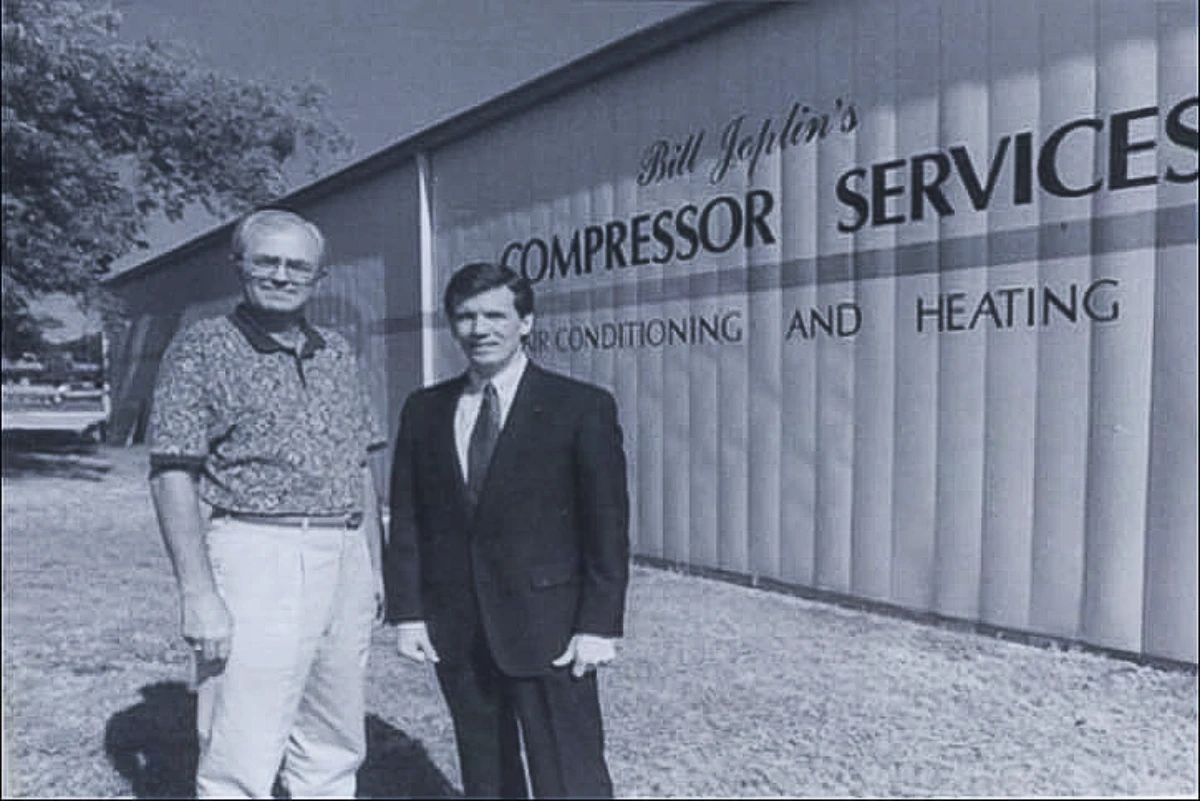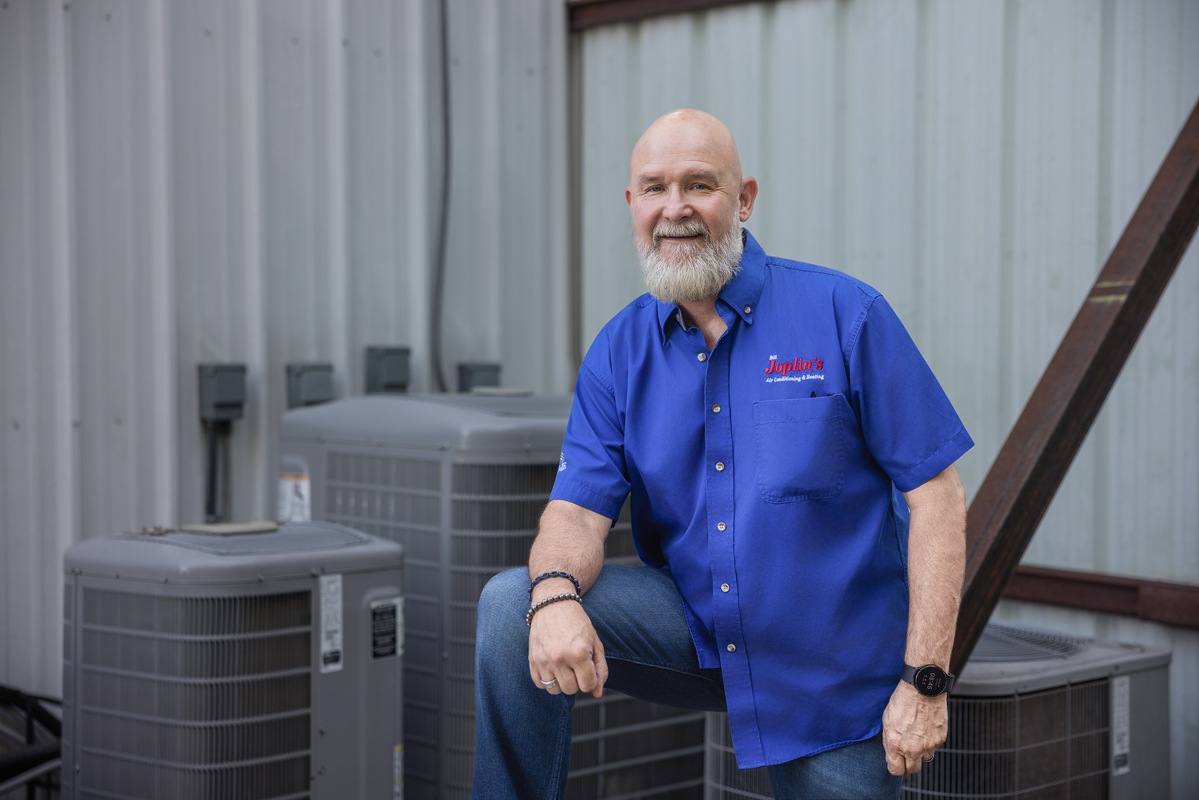A heat pump provides an extremely efficient way to keep your home comfortable during mild north Texas winters. By running the outdoor air through two condensers, a heat pump extracts the warmth and transfers it indoors to heat your home. Heat pumps raise the temperature gradually in one-degree increments. To reap the greatest energy-saving benefits, it’s vital that homeowners understand the basics of how the technology and the heat pump’s thermostat function together to maximize efficiency.
Your heat pump’s air handler is equipped with electric resistance heating strips for those times when there’s not enough warmth available in the air outside. Resistance heating is much less efficient than normal air source heat pump operation, so it should be used strictly as a backup.
What you may not realize is that whenever there’s a two-degree difference between your heat pump’s thermostat setting and the room temperature, these electric elements will kick in to quickly meet the demand. If this happens regularly, your electricity costs will soar.
You do have some options to help prevent this expensive energy drain.
- Set the thermostat at a comfortable temperature and leave it at that setting.
- Install a programmable thermostat made especially for heat pump technology and your specific brand and model.
Heat pump programmable thermostats don’t work the same as those made for oil or gas furnaces, and it’s important to learn how they differ.
- Those used with traditional furnaces are basically just timers that are programmed to switch the heat source on and then off again at specific times. Whenever the thermostat signals the furnace to cycle on, it will bring the room temperature up rapidly until it reaches the desired target temperature.
- A programmable thermostat that’s designed for heat pump technology uses a special algorithm that calculates the time the unit will need to reach the target temperature slowly, one degree at a time. This helps maintain the heat pump’s efficiency and eliminates the use of costly electric backup heating.
To learn more how a heat pump’s thermostat functions, contact the McKinney, Frisco and Allen HVAC pros at Bill Joplin’s Air Conditioning & Heating.


